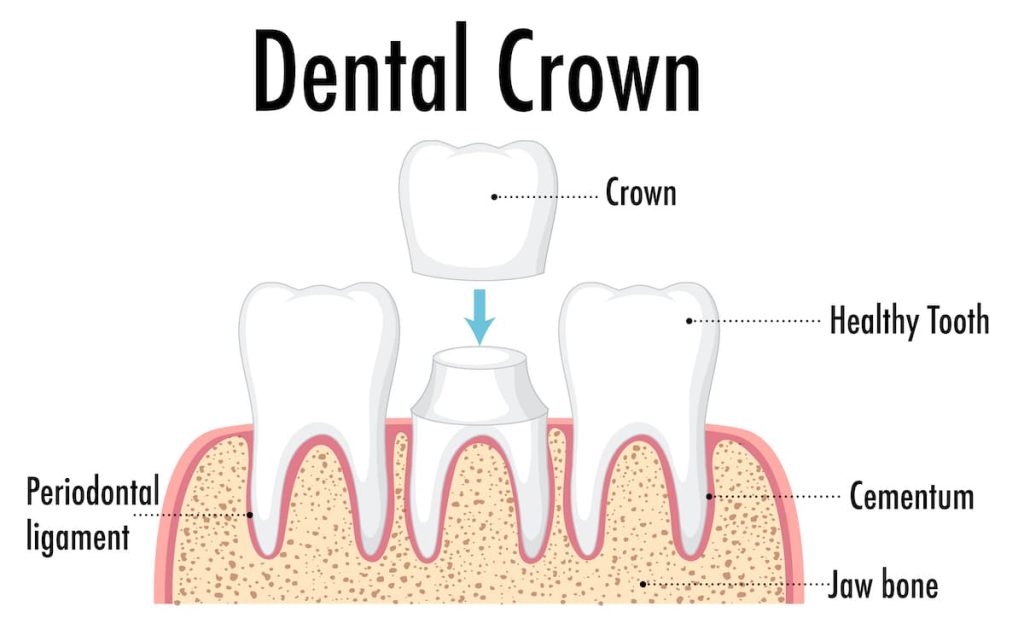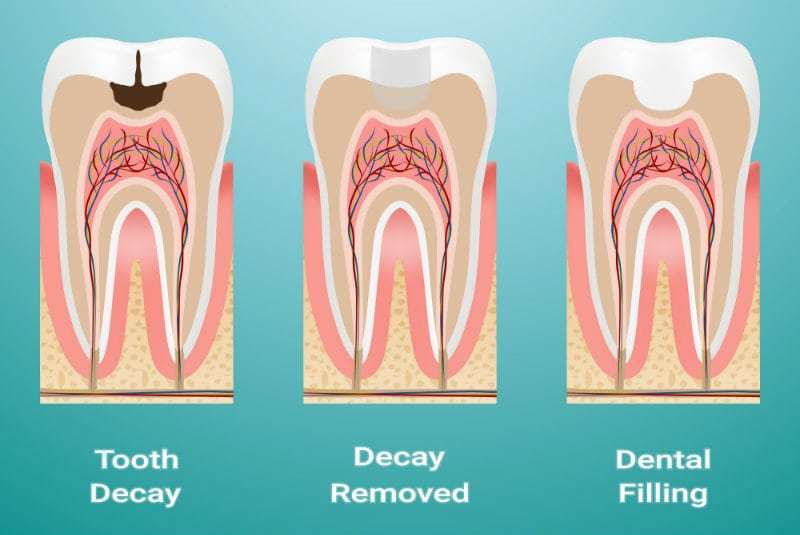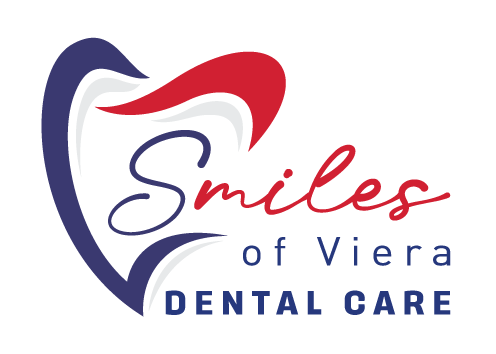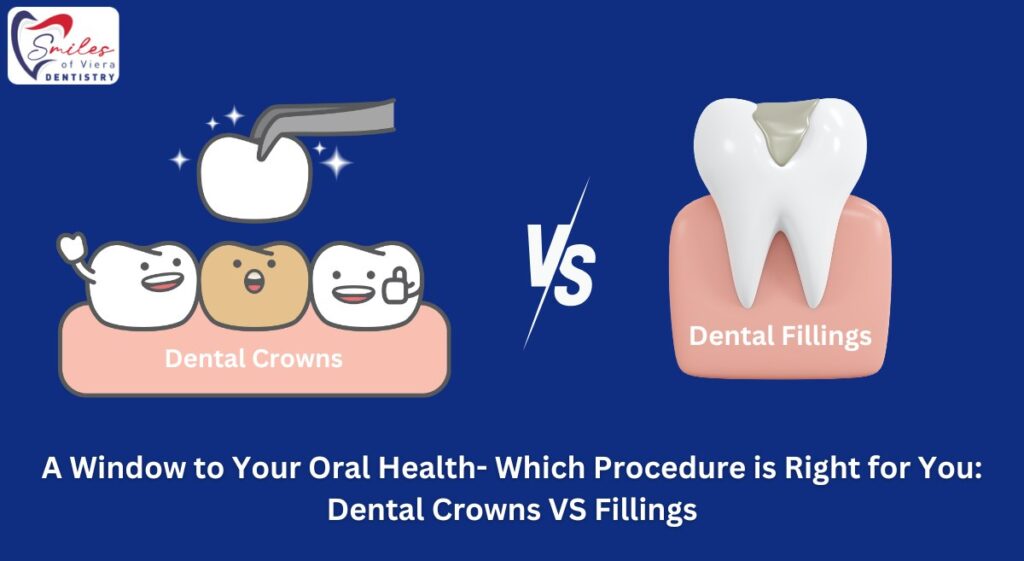- June 7, 2024
- By: Smiles of Viera
- No Comments
A Window to Your Oral Health- Which Procedure is Right for You: Dental Crowns VS Fillings
Having a bright smile is an essential part of our life. By taking care of your oral health and mouth, we can reap major unexpected health benefits like a lower chance of diabetes, heart attack, infertility, and oral cancer. According to oral health statistics, it is estimated that with global urbanization, nearly more than half of the population is suffering from some oral health disease. However, to be more specific, according to recent data, approximately 80% of American adults are suffering from oral disorders, and precisely, men are more likely to develop chronic oral health issues. While it is no surprise that the two safest dental treatment initiatives are gaining popularity; however, the most frequently asked question is about Dental Crowns VS Fillings, and up till now, if your questions are not answered, then you are on the right page.
- The article distinctly explains the key differences between the two most effective and common restorative methods.
- Not only this, the document will also explain the process and working concept of both.

What is a Dental Crown? Dental crowns are dental caps that are used over a broken or decayed tooth to restore the strength and functionality of the tooth. Moreover, the tooth- structured cap can also cover the tooth if it has large dental fillings.

- The beginning of Dental Crown- This type of prosthetic device, also known as a cap has a very fascinating history. The prosthetic device originated 4000 years back in the Philippines.
- Modern Dentistry– Moreover, modern porcelain crowns were introduced in 1903, and by the 1980s, CAD/ CAM technology(computer-aided design and manufacturing) techniques became the most significant innovation in modern dental practices.
Further, when discussing crowns, we should also know that there are four different types of crowns based on the material used: Ceramics, porcelain-fused-to-metal, gold alloys, and base metal alloys.
The below segment discusses the complete dental crown process.
The Dental Crown Procedure– As we know this type of tooth-shaped prosthetic device fits the entire broken or decayed tooth and closes the gap. The custom-made artificial solutions are also known as permanent restoration implants. The procedure of your crown generally follows two appointments/ seating.
- First Visit- The patient undergoes an initial examination through dental X-rays during the first visit. Next, the dental impression taken by your dentist through a handheld scanner will be sent to the technical laboratory to create your tooth-structured prosthetic device. While your permanent dental cap is under process, a temporary crown usually made up of resin or acrylic is placed over teeth.
- Second Visit- However, when you return for the second visit, your prosthodontics will remove the temporary crown and place the new crown using glass ionomer, zinc phosphate, or resin-modified glass ionomer adhesive dental glue.

What is a Dental Filling? As the name suggests, “ fill in”; hence, this type of tooth-colored prosthetic device is used to fill the damaged or decayed tooth areas. This tooth restoration process is also called tooth fillings or cavity fillings.
- The beginning of Dental Crown– You will be surprised to know that humans have been using dental fillings dating back 13000 years using Bitumen ( a black viscous hydrocarbon mixture). Studies also claim that the oldest evidence of tooth-filling was found in 6,5oo years back in Italy. Moreover, over, the years, metal fillings using silver paste did not gain popularity. It was in the 19th century that amalgam tooth fillings were introduced and the quest for modern filling tooth material became the most popular option among people.
- Modern Dentistry– Today, modern fillings and techniques have given some unique teeth-filling solutions that require fewer dentist visits, less drilling, and long- a long-lasting natural-looking appearance. Modern advancements have brought high-tech filling materials with seamless results to enhance your oral health and the appearance of your smile for years to come.
The Dental Filling Process– As we know tooth-colored fillings are essentially used to fill the hole inside the teeth and help in maintaining an aesthetically natural smile. This is normally the standard solution where your dentist will evaluate your overall oral health and the extent of tooth damage. Next, local anesthesia like Lidocaine, Mepivacaine, Septocanine, and Bupivacaine is injected to numb the targetted oral area. Then, with the help of a non-harmful dental drill laser tool or dental excavator instrument, the decayed portion of your teeth is removed. The last step is to place the appropriate dental filling sealing the hole, or cavity in the mouth.
Further, while discussing tooth-colored filling, we should also know that there are four types of dental fillings: Silver amalgam fillings, composite fillings, ceramic fillings, and glass ionomer fillings.
Moreover, subject to the topic Dental Crowns VS Fillings, please scroll down to note the key differences between the two most effective prosthetic methods with the ultimate aim of restoring the decayed or damaged tooth.
The Key Differences Between Dental Crowns and Fillings (Crown vs Filling)
As aforementioned, the article precisely explained the concepts and working method of both the restorative method. As we know, both process has unique advantages that seek to restore the functionality of the infected tooth decay.
Please find the summary of the table.
- The table below navigates the crucial comparison between Dental Crown vs Filling.
- The segment will provide you with a more informative exploration of each one of them, which can give you a deeper understanding of financial investment, duration, risks, and benefits before you make any decision.
Dental Crown | Dental Filling |
This prosthetic device is used in more severe cases like broken jaw bones, fractures in cracked teeth, etc. | The tooth-colored fillings are used to repair small holes, tooth decay, and tooth cavities. |
The prosthetic teeth are used to cover the entire tooth damage, a large area. | The prosthetic filling is used to fill the infected portion( damaged area) of the teeth. |
These are slightly costlier than tooth filling. The cost may fluctuate depending on the clinics. | On average, ceramic or composite fillings are costlier. However, the price may vary. |
The tooth-shaped cap is slightly invasive. | The dental filling procedure is less invasive than tooth crowns. |
Widely used materials used in caps are porcelain, metal alloys, and porcelain-fused-to-metal. | On the other hand, materials used in fillings are composite resin and amalgam fillings. |
Points to Remember-
- In both cases, whether a tooth-structured cap or a dental filling, the aftercare and long-term recovery process require good oral hygiene practices and some dental visits.
- Considering the extent of your tooth damage, your healthcare surgeon will be able to determine the appropriate treatment for you.
Final Thoughts From Smiles of Viera
To put this simply, when it comes to 100% transparency in fixing tooth decay and damage, Smiles of Viera Dental Clinic should be your first point of contact for dental crowns or dental fillings. The dental surgeon, Dr. Ahmed stands out at the forefront of expertise in tailored cosmetic treatments with precision and promised outcomes. Endodontics has become the brand name of a one-stop solution majorly for Dental crowns and fillings. The dedicated dental professional clearly explains the restorative process to enhance the smile makeover. Above all, the dental clinic in Rockledge is the most accessible and affordable best choice catering to all your dental needs and services. You can visit the clinic to experience it by yourself.
Moreover, I think at this point, I have now clarified your doubt about the Dental Crowns VS Fillings procedure. Moreover, it is worth noting that before you make any final decision between the two most popular restorative methods, it is highly advisable to speak with an experienced dental surgeon in Florida at https://smilesofviera.com/
1. When do you need a crown vs filling?
Dental crowns and fillings are used to restore your teeth that have been decayed or damaged. Both dental restoration treatments have their different purposes based on the needs of the tooth damage. However, dental Fillings are used to treat minor tooth problems whereas crowns are applied to manage significant decay and damage.
2. Can you put a crown over a filling?
Yes, your practicing ( skilled) dentist can place a crown over the fillings. This will provide you additional coverage and support for the surrounding teeth. Moreover, the structural flaws are covered properly by placing the dental crowns over the top of an existing tooth.
3. Difference between crown and filling.
Dental fillings and crowns are used to treat and repair the damaged tooth. Tooth fillings are used to manage small to moderate-sized cavities whereas dental crowns are used to cure extensive dental issues. However, a dental professional is the best person to determine whether you need a crown or fillings.

